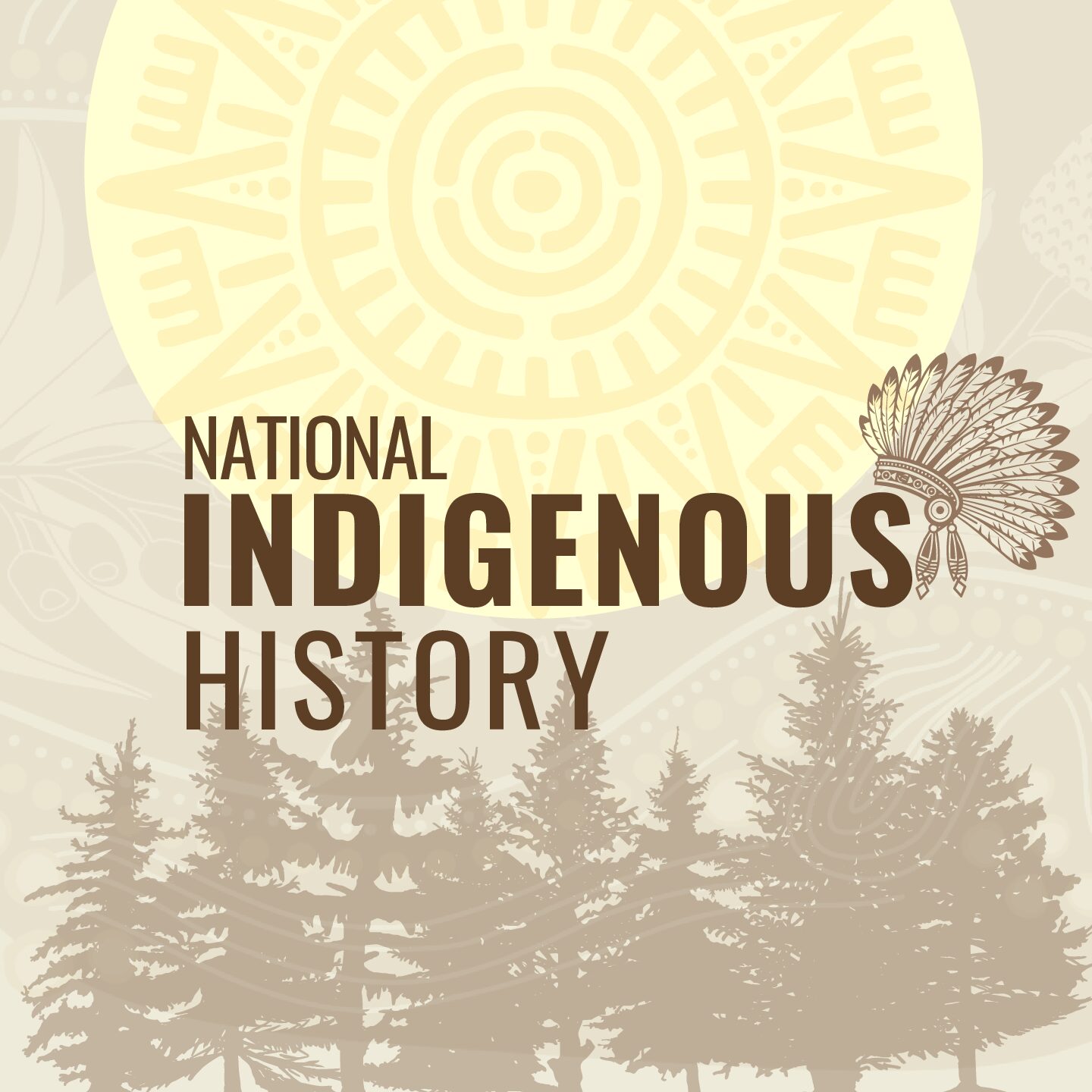Author’s note: Information cited below can be found on the official North Dakota government and ND Historical Society website.
The First Nations who live within the region are an essential piece to our state and its creation. From the Lewis and Clark Expedition to Sitting Bull and the Battle of Little Big Horn, North Dakota’s history is “intrinsically bound to the Native heritage” that influenced it.
The state’s history is vast and rich—much of it being linked to Indigenous contributions. The state’s name itself is derived from a Lakota word meaning “friend.” Indigenous history in the region dates back thousands of years and continues to impact our world today.
Archaeological research conducted across the state documents the presence of big game hunting cultures up to 10,000 years ago. Additional research also indicates the later settlement of these groups around 2000 B.C.
By the time white settlers had moved to the region, there were already several distinct tribes residing in the plains. Settlers came into contact with members from groups such as the Lakota (Sioux) Nation, Assiniboine (Nakota), Cheyenne, Mandan, Hidatsa, Arikara and several other tribes.
Today, there are five tribes and one tribal community that are recognized by the ND state government. These are the Mandan, Hidatsa & Arikara Nation (MHA Nation or Three Affiliated Tribes), Spirit Lake Nation, Standing Rock Sioux Tribe, Turtle Mountain Band of Chippewa Indians, Sisseton-Wahpeton Oyate Nation and the Trenton Indian Service Area.
While these tribes work closely with the federal government through the Federal Bureau of Indian Affairs (BIA), they are still separate from the state government. Their tribal constitutions, though based on the United States, reflect the unique histories and circumstances of each nation.
The MHA Nation is made up of three distinct tribes, the Mandan, Hidatsa and Arikara. They came together in 1862 at Like-A-Fishhook Village on the Missouri River. To this day, there are over 10,000 enlisted members.
Members of these tribes traditionally farmed corn, beans, squash and sunflowers. Unlike other groups in the region, members preferred to reside in earth lodges over teepees. However, many members have lived on reservations following the unification of the three tribes.
The Spirit Lake Nation is composed of different groups of the Dakota people: Sisseton, Wahpeton and Cut Head band of Yanktonai. Traditional life amongst these people was nomadic—living in teepees—and consisted heavily of hunting, fishing and farming.
Official tribal counts indicate that, as of January 2021, there are 7,559 enrolled members. Additionally, about 2,000 of these members are listed as residents of the Spirit Lake Reservation.
The people of the Standing Rock Nation are also often referred to as the Sioux. This nation consists of the Lakota, Dakotah and Nakotah groups. Today, there are almost 14,000 enrolled members.
Like other groups, traditional life was nomadic and members resided within teepees. Bison was a primary focus of hunting within these groups. Additionally, this group was especially influenced by the spread of horse culture that crossed the Northern Plains during the late 17th century.
Members of the Turtle Mountain Band of Chippewa were not always within the state. It was not until the 1800s that the group migrated to the region from the Great Lakes. Agriculture was a traditional means of support and the new area offered new opportunities.
Compared to other tribes in the region, this group is the most bountiful in number. There are a little over 30,000 enrolled members, with approximately 13,000 who live on the Turtle Mountain Reservation.
Lastly, the Sisseton-Wahpeton Oyate Nation is a notable tribe within the area. Tribal reports indicate that there are over 14,000 enrolled members. Many members live on the Lake Traverse Reservation, which spans seven counties across both North and South Dakota.
Once migrating to the area, this tribe had vast land that encompassed both states. Traditional life included men going out to hunt and women staying behind to do chores. These could be gathering wild rice, cooking, tanning skins, repairing clothes or cutting wood.
If you wish to learn more about Indigenous history, you’re in luck. Indigenous Peoples’ Day will be celebrated on Monday, Oct. 14 at NDSU. The Office of Multicultural Programs will be hosting a series of events across campus in observance.
There will be a Tipi erected from 8 a.m. to 5 p.m. near the Babbling Brook, accompanied by informational posters about its construction and cultural significance. There will also be a presentation given by Christ Goulet, an enrolled member of the Turtle Mountain Chippewa, from 1-3 p.m. in the Hidatsa Room for the first 50 people who arrive.
